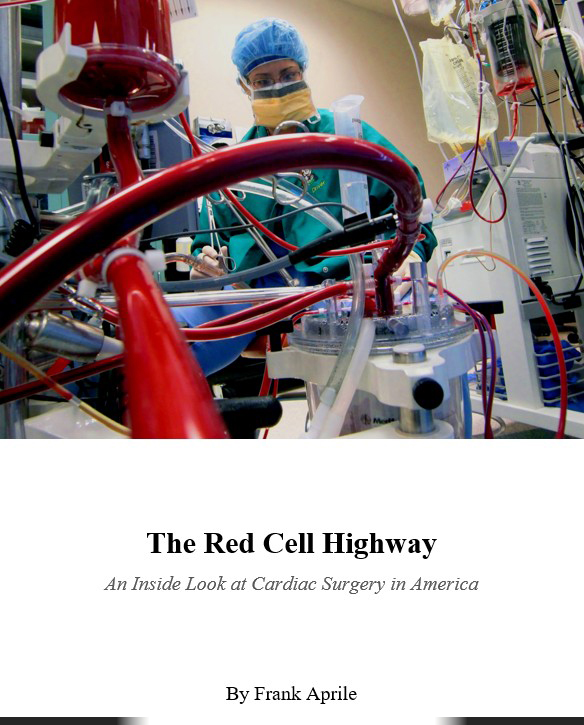Whole Blood Platelet Aggregation Kinetics Under Cardiopulmonary Bypass: A Pilot Study

Assessing the platelets’ functional status during surgery on cardiopulmonary bypass is challenging. This study used multiple electrode impedance aggregometry (Multiplate®) to create a timeline of platelet aggregation changes as induced by cardiopulmonary bypass in antiplatelet-naive patients undergoing elective surgery for mitral valve regurgitation. We performed six consecutive measurements (T1: pre-operatively, T2: after heparinization, T3: 3 min after establishment of cardiopulmonary bypass, T4: immediately after administration of cardioplegia, T5: 5 min after administration of cardioplegia, and T6: 45 min after administration of cardioplegia). Platelet aggregation was determined after stimulation with 3.2-μg/mL collagen, 6.4-μM adenosine diphosphate, and 32-μM thrombin receptor activating peptide. Five patients were included (age: 64 ± 10 years, one female). We observed a decrease in hematocrit levels by −17.1% ± 3.7% (T1 vs T6) with a drop after establishment of cardiopulmonary bypass (T2 vs T3) and slightly decreasing platelet counts by −6.2% ± 7.7% (T1 vs T6). Immediately after establishment of cardiopulmonary bypass (T2 vs T3), we observed reduced platelet aggregation responses for stimulation with adenosine diphosphate (−19.7% ± 12.8%) and thrombin receptor activating peptide (−19.3% ± 6.3%). Interestingly, we found augmented platelet aggregation for all stimuli 45 min after administration of cardioplegia (T5 vs T6) with the strongest increase for collagen (+83.4% ± 42.8%; adenosine diphosphate: +39.0% ± 37.2%; thrombin receptor activating peptide: +34.5% ± 18.5%). Thus, after an initial drop due to hemodilution upon establishment of cardiopulmonary bypass, platelet reactivity increased over time which was not outweighed by decreasing platelet counts due to mechanical platelet destruction and absorption. These findings have implications for rational transfusion, peri-operative antiplatelet therapy, and for the management of patients on other extracorporeal support, such as extracorporeal life support or extracorporeal membrane oxygenation.
